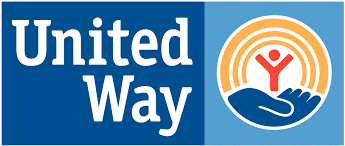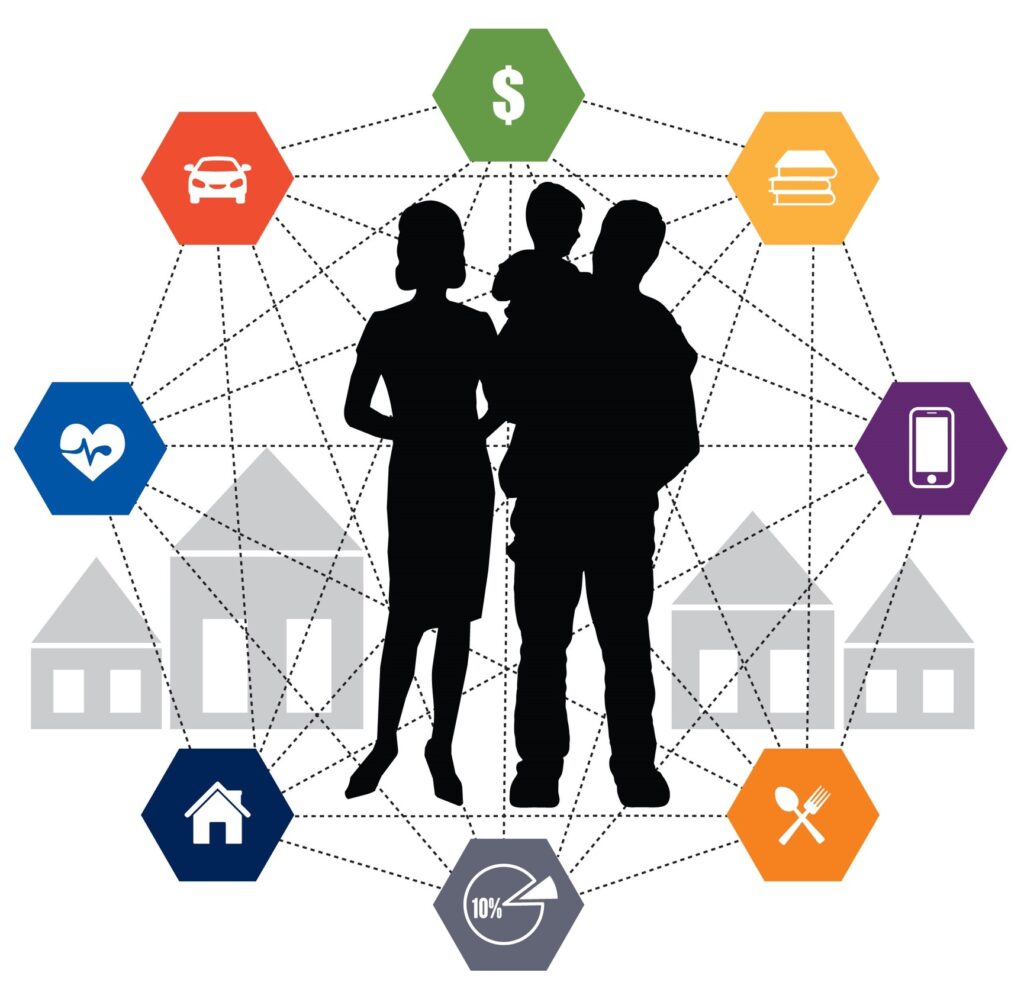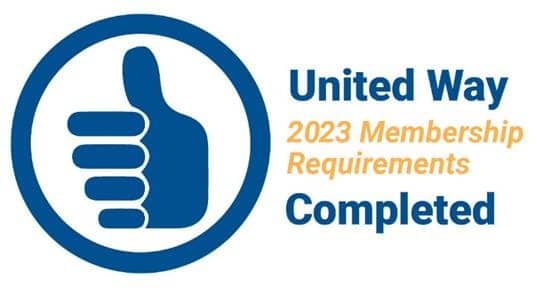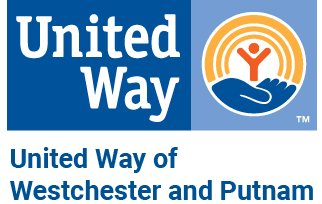HUDSON VALLEY REGIONAL LAUNCH OF THE 2023 NYS ALICE REPORT
Presented by

United Way of Dutchess-Orange Region
United Way of Rockland County
United Way of Ulster County
United Way of Westchester and Putnam

Join Us
Inflation has reduced every households’ buying power, but more than a third of Hudson Valley households were already one emergency away from financial ruin. The latest state ALICE® Report released by United Way of New York State looks at how the pandemic and its recovery combined with other economic factors impacted Hudson Valley households. On Tuesday, July 11, at 10 a.m., four Hudson Valley United Ways (United Way of Westchester and Putnam, United Way of Rockland County, United Way of the Dutchess-Orange Region, and United Way of Ulster County) will present a virtual workshop on ALICE® 2023 showing the results from Dutchess, Orange, Putnam, Rockland, Ulster, and Westchester counties as well as the new features to the ALICE report and its website.
The session will include:
- Overview of the 2023 NYS ALICE Report
- Insight into the local data by county
- How inflation affects ALICE
July 11, 2023
10 a.m. to 11 a.m.
on Zoom
Registration Required.
Who is ALICE?
- ALICE stands for Asset Limited, Income Constrained, Employed
- They are individuals or families that are considered living Above Federal Poverty Level, but below Household Survival Budget.
- They typically have low-wage jobs – such as cashiers, health care workers, security guards, laborers, and office administration.
- They have no savings for emergencies or for investing in the future in items such as education, homeownership, or retirement.

336 Central Park Avenue
White Plains, NY 10606
914.997.6700
Privacy Policy
Board Portal
Career Opportunities

